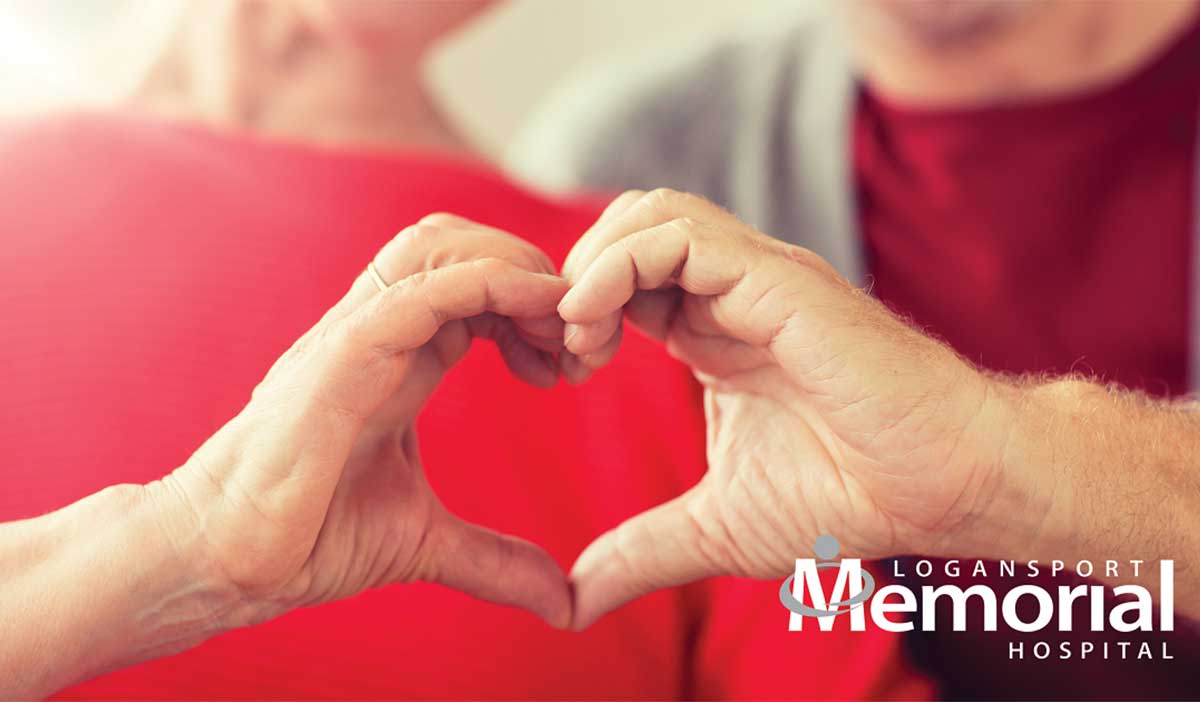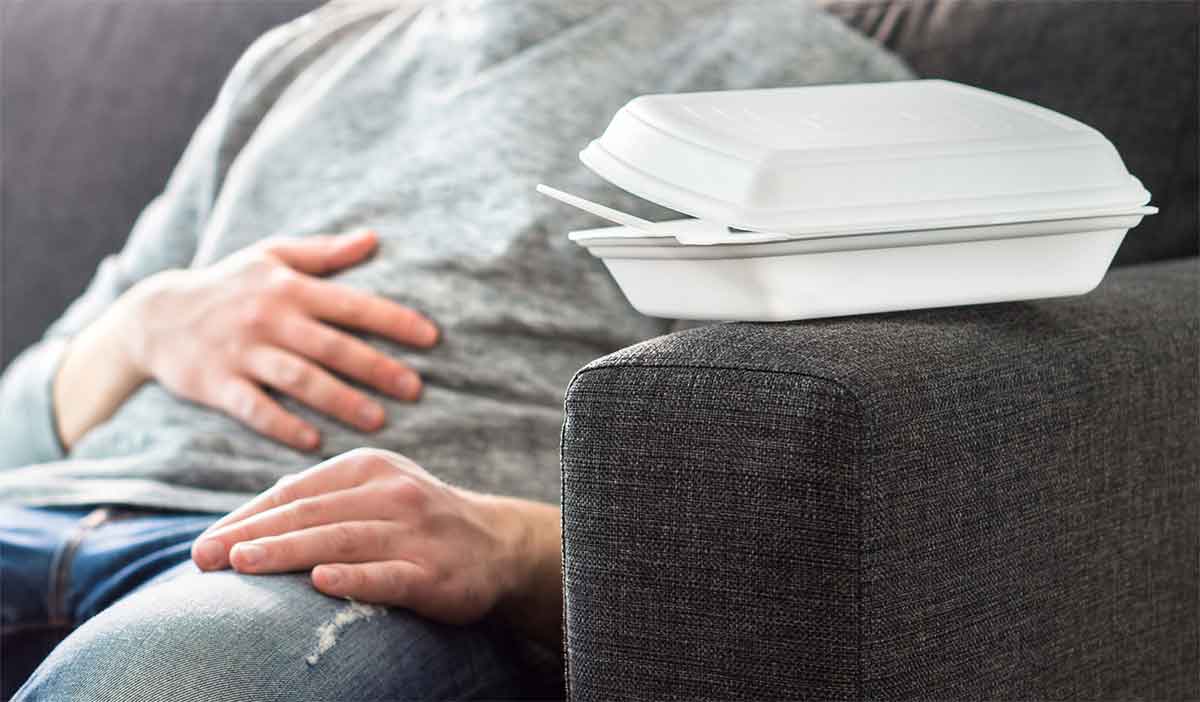If you have been experiencing chest pain or other symptoms including tiredness, shortness of breath, dizziness, and fainting, your provider may order you to wear a heart monitor. A heart monitor records your heart's activity, giving your provider an inside look at what might be causing your heart related issues.

What is a heart monitor?
A heart monitor is a small, battery operated, wearable device that records your heart's rhythm and rate. It is commonly used to give providers a full picture of what your heart is doing, especially during day to day activity.
Who needs a heart monitor?
Conditions that heart monitoring is often used to diagnose or manage include:
- Arrhythmia
- Heart palpitations
- Unexplained dizziness or shortness of breath
- Unexplained fainting
- Atrial fibrillation
- Unexplained stroke
A heart monitor can also be used to see how the heart is getting oxygen, if currently prescribed heart medications are working effectively, and to check on patients with pacemakers.
What to expect when wearing a heart monitor
Before you are sent home for your monitoring, a technician will help attach the heart monitor and will provide you with information and instructions for safely wearing your heart monitor at home. Basic set up includes attaching the electrodes and placing the monitor. You will need to carry the monitor in a manner that is most comfortable to you and ideal for you daily schedule. This could mean wearing the heart monitor with a strap or keeping it in a bag. Once you are all set up, the technician assisting you will explain how to track symptoms and your heart's activity. While your monitor will be recording a lot of its own information, it's important that you track symptoms like dizziness, faintness, shortness of breath, etc. so that your provider can compare your heart's activity to the symptoms you're experiencing.
While most of your day to day activities can continue while wearing a heart monitor, it's important to know that there are some things you should avoid. Do not bathe, swim, or submerge your monitor in water. You should also avoid having any imaging procedures done while wearing your monitor.
What to expect when you're done wearing the monitor
After you have worn the heart monitor for a period of time, the activity recorded - along with your notes - will be given to your provider for review. From there, your provider may recommend additional testing or will have an idea of a treatment plan based on the results from wearing your heart monitor. Depending on what your activity shows, next steps will be dependent on what will be best for you and the condition you have.
Meet our cardiology providers »


